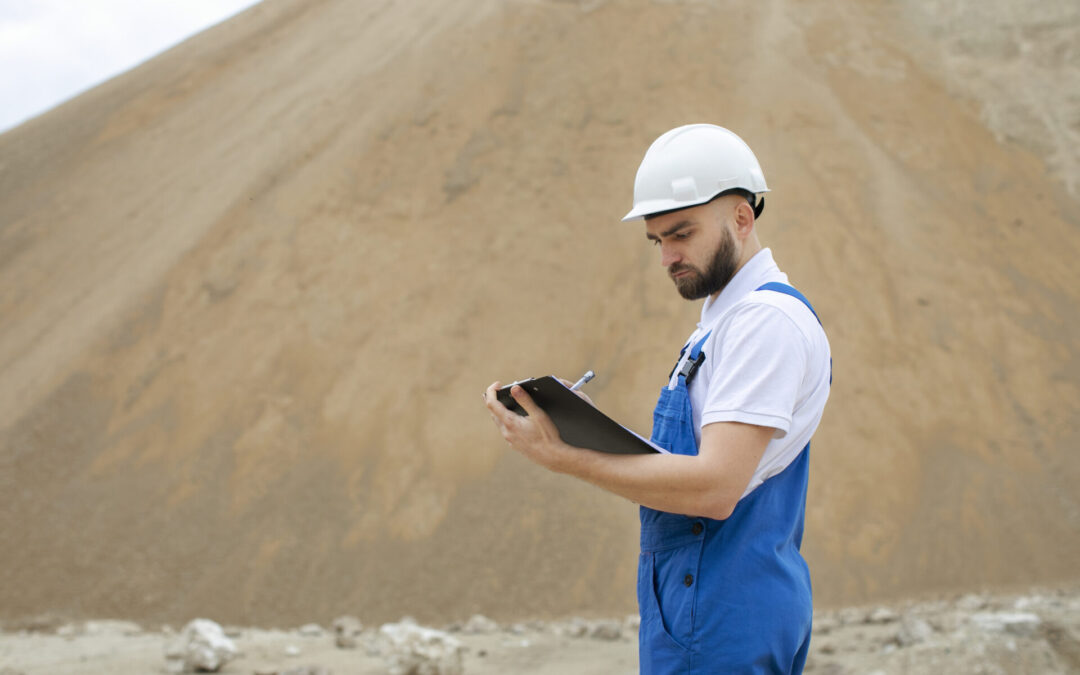Staying compliant with MSHA (Mine Safety and Health Administration) regulations is essential for the mining industry. It not only ensures the safety of miners but also helps businesses avoid costly fines and operational disruptions. Compliance with these regulations demonstrates a company’s commitment to workplace safety and can improve overall operational efficiency. In this article, we’ll explore why MSHA compliance matters and outline the critical steps necessary to stay compliant.
The Importance of MSHA Regulations and Why Compliance Matters
Mining is inherently dangerous, and for decades, miners have faced hazards ranging from cave-ins to toxic fumes. MSHA regulations were introduced to mitigate these risks, ensuring that miners work in safer environments. MSHA’s mission is clear: prevent injuries, illnesses, and fatalities through effective workplace safety standards.
Non-compliance with MSHA standards can result in severe consequences for both workers and companies. Fines can reach up to hundreds of thousands of dollars per violation, and serious infractions can lead to mine closures or even criminal charges. Beyond legal penalties, non-compliance endangers lives, damages reputations, and disrupts business operations. On the other hand, compliance fosters trust with employees, regulators, and the community.
Understanding MSHA Regulations
Navigating MSHA regulations can seem overwhelming, but understanding key regulations is vital to ensure a safe and productive mining operation. MSHA enforces two sets of regulations depending on the type of mine: Part 46 for surface mining and Part 48 for underground mining. Knowing the difference and understanding which applies to your operation is the first step toward compliance.
Overview of Key Regulations:
- Training Programs: All miners must undergo safety training before starting work, with refresher courses conducted annually. MSHA’s Part 46 and Part 48 outline the specific training requirements, including site-specific hazard training, first aid, and more.
- Hazard Communication (HazCom): Mine operators must maintain a HazCom program, ensuring that miners are informed about the chemicals they handle and their associated risks. Proper labeling, data sheets, and employee education are mandatory components.
- Personal Protective Equipment (PPE): Miners must be equipped with adequate PPE based on the hazards present in their working environment. This includes respiratory protection, helmets, eye protection, and other gear necessary for safety.
- Accident Reporting: All accidents or injuries must be reported to MSHA within 15 minutes, with documentation submitted for further review. Failure to report can result in hefty fines.
- Inspections and Audits: MSHA conducts unannounced inspections to ensure compliance with safety regulations. Companies must be prepared with comprehensive records to prove their compliance during these visits.
Your Guide to Achieving MSHA Compliance
Achieving and maintaining MSHA compliance requires a systematic approach. It’s not enough to know the regulations; companies must also put them into practice daily. Below are key steps to ensure your mine operates safely and within the boundaries of MSHA standards.
Key Steps to Compliance:
Understand MSHA Regulations:
The foundation of compliance is understanding the regulations that apply to your operations. This requires a comprehensive review of Part 46 or Part 48 standards, as well as specific guidelines on training, hazard management, and workplace inspections. Regularly updating your knowledge and attending MSHA workshops can help keep you informed of any regulatory changes.
Conduct Regular Training:
Training is a cornerstone of MSHA compliance. Ensure that all employees undergo training before stepping on-site. Training should include new miner training, refresher courses, and specialized instruction on specific hazards. Creating a structured training plan will help ensure every employee is adequately prepared for their role.
Perform Hazard Assessments:
Performing routine hazard assessments helps identify risks before they escalate into accidents. This includes evaluating the site, equipment, and specific job tasks for potential hazards. A well-documented hazard assessment allows companies to take corrective actions, minimizing risks to workers.
Maintain Records:
Meticulous record-keeping is essential for MSHA compliance. Maintain detailed records of all training sessions, equipment inspections, and hazard assessments. These records should be easily accessible for both internal reviews and MSHA inspections. Documentation is often the first thing inspectors will ask for, and being organized can prevent unnecessary fines.
Develop a Safety Program:
Implementing a comprehensive safety program tailored to your mining operation is crucial for maintaining compliance. This program should include guidelines for regular training, hazard reporting, accident prevention, and emergency procedures. A well-rounded safety program promotes a proactive safety culture and ensures ongoing compliance.
Implement Safety Equipment and Procedures:
Compliance extends beyond training and assessments; it also involves using appropriate safety equipment and procedures. This includes ensuring all equipment meets MSHA standards and that it is maintained and inspected regularly. Miners should also be well-versed in safety procedures, from operating machinery to following emergency protocols.
Conduct Regular Safety Meetings:
Set a regular schedule for safety meetings, whether weekly, bi-weekly, or monthly. Consistency helps ensure that safety is a priority and keeps it fresh in everyone’s minds.
Report Incidents and Near Misses:
Reporting incidents and near misses is a critical component of maintaining MSHA (Mine Safety and Health Administration) compliance. By fostering a culture of transparency and accountability, mine operators can not only adhere to regulatory requirements but also enhance overall safety within their operations.
Stay Informed About MSHA Inspections:
Staying informed about MSHA (Mine Safety and Health Administration) inspections is crucial for ensuring compliance and maintaining a safe working environment.
Engage with MSHA Resources:
Engaging with the Mine Safety and Health Administration (MSHA) resources is crucial for achieving compliance and fostering a culture of safety within your mining operation.
Review and Update Policies Regularly:
Maintaining compliance with the Mine Safety and Health Administration (MSHA) regulations is crucial for protecting the health and safety of miners. Regularly reviewing and updating your policies is a fundamental step in achieving and sustaining compliance.
Foster a Safety Culture:
Fostering a safety culture within your organization is essential for achieving MSHA compliance and ensuring the well-being of your employees.
How Often Do You Need A MSHA Refresher?
The Mine Safety and Health Administration (MSHA) requires that miners receive frequent training to ensure safety and compliance in the workplace. The frequency of refresher training is crucial to maintaining up-to-date knowledge and skills in mining operations.

Annual Refresher Training:
Miners are required to complete an annual refresher training course even if they have already completed the initial MSHA new-hire or new-miner mining training. This training is designed to reinforce safety practices, update miners on new regulations, and address any changes in mining procedures or equipment.
Ensuring Ongoing MSHA Compliance for a Safer Workplace
Staying compliant with MSHA regulations is not just a legal obligation—it’s a commitment to the health and safety of every worker in your mining operation. By understanding and adhering to MSHA regulations, conducting regular training, performing hazard assessments, maintaining proper records, and developing a robust safety program, mines can create a safer work environment and ensure compliance with national standards. As the industry continues to evolve, remaining proactive about safety and compliance will be crucial in protecting both lives and livelihoods.

